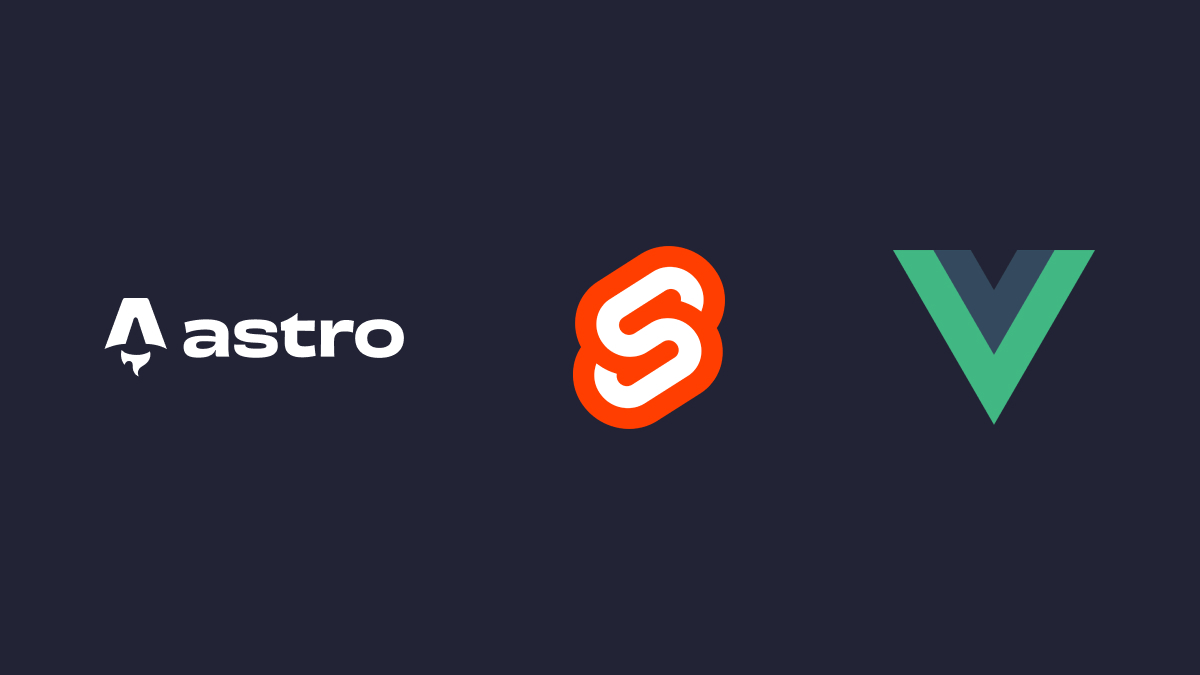Comparing Vue 3, Astro, and Svelte: A Comprehensive Framework Analysis
Comparing Vue 3, Astro, and Svelte: A Comprehensive Framework Analysis
Introduction
In the rapidly evolving landscape of front-end development, choosing the right framework can greatly impact the success of a web project. Vue 3, Astro, and Svelte are three prominent frameworks that have gained popularity for their unique features and capabilities. In this article, we will compare and contrast these frameworks to help you make an informed decision based on your project requirements.
Vue 3
Vue 3, the latest version of Vue.js, is a progressive JavaScript framework that emphasizes simplicity and ease of use. It offers a flexible and intuitive syntax, making it accessible for developers of all skill levels. Vue 3 introduces significant improvements over its predecessor, including enhanced performance, better TypeScript integration, and a reimagined composition API.
Advantages of Vue 3:
- Ease of learning and intuitive syntax
- Extensive documentation and a vibrant community
- Reactive and declarative components
- Optimized rendering with a virtual DOM
- Advanced TypeScript support
- Composition API for more scalable and reusable code
Astro
Astro is a modern static site generator that leverages server-side rendering (SSR) and offers a unique approach to building websites. It allows developers to mix and match components from different frameworks, such as Vue, React, and Svelte, to create performant and dynamic sites. Astro also enables the deployment of websites as static files, reducing the need for server-side infrastructure.
Advantages of Astro:
- Framework-agnostic architecture for component-based development
- Server-side rendering for improved performance and SEO
- Easy integration with existing projects and frameworks
- Simplified deployment as static files
- Support for dynamic data and serverless functions
Svelte
Svelte is a radical JavaScript framework that takes a compiler-based approach to build highly efficient web applications. It compiles components into highly optimized JavaScript code, resulting in smaller bundle sizes and faster load times. Svelte embraces a reactive programming paradigm and provides a simple yet powerful syntax for building user interfaces.
Advantages of Svelte:
- Highly performant applications with smaller bundle sizes
- Compile-time optimizations for efficient code generation
- Easy component-based architecture
- Simple and intuitive syntax
- Minimal runtime overhead
- Built-in state management
Comparative Analysis
Learning Curve
- Vue 3: Has an easy learning curve, especially for developers familiar with HTML, CSS, and JavaScript
- Astro: Allows leveraging existing frameworks, making it suitable for developers experienced in various ecosystems
- Svelte: Introduces a new paradigm, which may require a slight learning curve for developers
Performance
- Svelte: Excels in terms of performance due to its compilation approach, resulting in faster load times and smaller bundle sizes
- Vue 3 and Astro: Also offer good performance but may have slightly larger bundle sizes compared to Svelte
Ecosystem and Community
- Vue 3: Has a mature and active community with extensive libraries and plugins available
- Astro: Benefits from its ecosystem’s compatibility with various frameworks
- Svelte: Although growing rapidly, has a smaller ecosystem compared to Vue 3 and Astro
Flexibility
- Vue 3: Offers great flexibility with its component-based architecture and the Composition API
- Astro: Provides the flexibility to mix and match components from different frameworks
- Svelte: Has a more opinionated approach but allows for easy component reuse and state management
Conclusion
Choosing the right framework depends on your project’s requirements and your team’s expertise. Vue 3 is ideal for developers seeking simplicity, flexibility, and a large ecosystem. Astro suits projects requiring server-side rendering and the freedom to use components from multiple frameworks. Svelte shines in terms of performance and small bundle sizes, with a more opinionated development approach.
Ultimately, each framework has its strengths, and the decision should be based on your project’s specific needs. Regardless of your choice, all three frameworks offer powerful tools and capabilities to build impressive web applications in today’s dynamic front-end development landscape.
